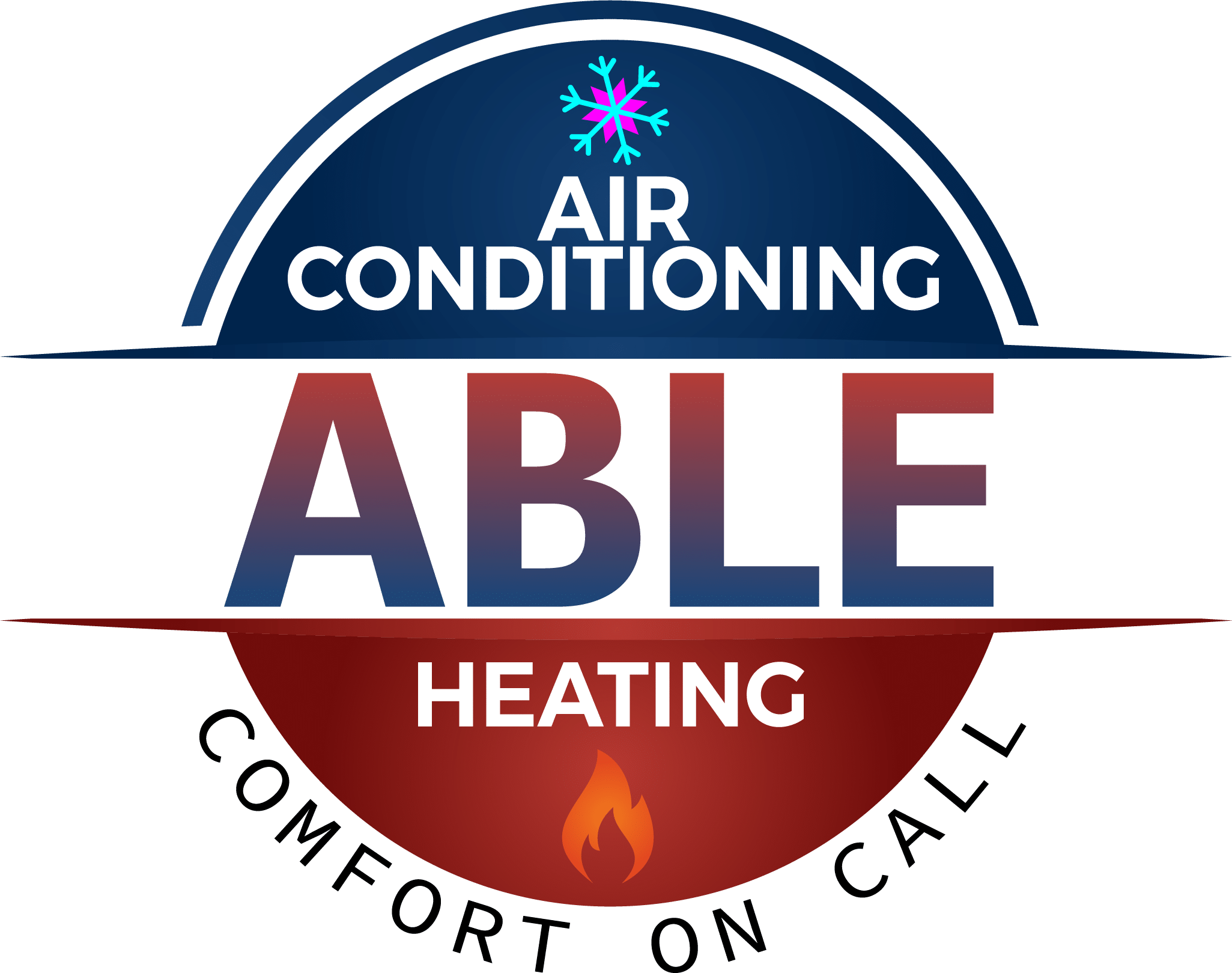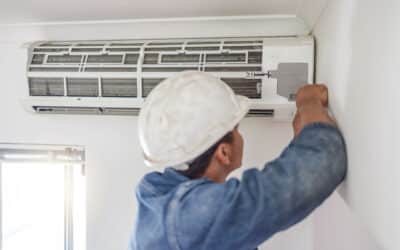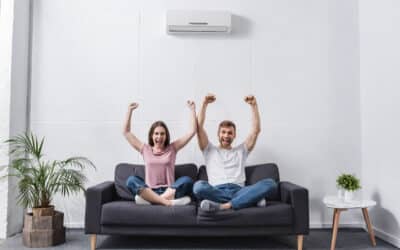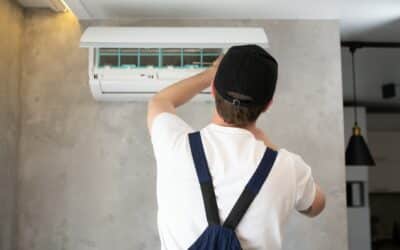As the temperature drops, homeowners start preparing their heating systems for the colder months ahead. Turning on the furnace for the first time in the season should be a simple process, but many homeowners find themselves facing unexpected issues. Let’s explore the most common furnace problems that can arise when you first fire up your heating system, and what you can do to address them.
1. Strange Noises Coming From the Furnace
When turning on the furnace for the first time, unusual noises such as banging, rattling, or squealing can be alarming. These sounds often indicate underlying issues, including:
- Banging or Popping: This could be caused by expanding and contracting ductwork or a delayed ignition in the furnace burner.
- Rattling: Loose components like screws or panels within the furnace or ductwork.
- Squealing or Whining: Often related to problems with the blower motor or a worn-out belt.
Solution: If you notice these noises, it’s best to call a professional to inspect the furnace. Routine maintenance can help prevent this issue by ensuring all parts are securely fastened and properly lubricated.
2. Burning Smell When the Furnace Turns On
It’s common to notice a burning smell when you turn on your furnace for the first time in the season. Typically, this is due to dust and debris that has accumulated on the heating elements or in the ductwork during the off-season. While this smell usually dissipates after a few minutes, it’s important to be cautious.
Solution: If the smell doesn’t go away after a few minutes or worsens, turn off the furnace immediately and contact a professional. Regular maintenance, including cleaning the furnace and ducts before the heating season, can prevent this issue.
3. Furnace Not Producing Heat
One of the most frustrating issues is turning on the furnace only to find that it’s not producing heat. Several potential causes include:
- Thermostat Issues: A thermostat that isn’t set correctly or is malfunctioning.
- Pilot Light or Ignition Problems: A blown-out pilot light or faulty ignition system can prevent the furnace from producing heat.
- Clogged Air Filter: A dirty air filter can restrict airflow and cause the furnace to overheat and shut down as a safety measure.
Solution: Start by checking the thermostat to ensure it’s set to “heat” and the temperature is higher than the current room temperature. If the pilot light is out, follow the manufacturer’s instructions to relight it. Replace the air filter if it’s dirty. If none of these steps work, contact a professional to diagnose and fix the issue.
4. Short Cycling
Short cycling occurs when your furnace turns on and off frequently, failing to complete a full heating cycle. This not only makes your home less comfortable but can also lead to higher energy bills and added wear and tear on the furnace.
Solution: Short cycling can be caused by a dirty air filter, a malfunctioning thermostat, or an overheating furnace. Check and replace the air filter if necessary, and inspect the thermostat for any issues. If the problem persists, it’s advisable to have a professional HVAC technician inspect the system.
5. Pilot Light or Ignition Problems
For furnaces with a pilot light, it’s not uncommon for it to go out during the off-season. Similarly, modern furnaces with electronic ignitions can face problems due to sensor malfunctions.
Solution: Relighting the pilot light following the furnace’s manual can often resolve the issue. However, if the pilot light continues to go out or the electronic ignition system fails to start the furnace, contact a professional to inspect the system.
6. Blower Fan Not Working
If the furnace turns on but the blower fan isn’t running, the warm air won’t circulate through your home. This issue can arise from a faulty fan motor, a malfunctioning thermostat, or an electrical problem.
Solution: Begin by checking the thermostat settings to ensure the fan is set to “auto” or “on.” If the problem persists, it’s best to call a professional technician to assess and repair any electrical or mechanical issues.
7. Carbon Monoxide Leaks
One of the most dangerous potential problems is a carbon monoxide leak, which can result from a cracked heat exchanger. Signs of a possible carbon monoxide leak include an unusually yellow or flickering burner flame, soot streaks around the furnace, and excessive moisture on windows and walls.
Solution: Installing carbon monoxide detectors near the furnace and in sleeping areas is crucial. If you suspect a carbon monoxide leak, turn off the furnace immediately, leave the house, and call a professional to inspect the system.
Preventing Furnace Problems with Regular Maintenance
Most of these common furnace issues can be avoided with regular maintenance. Before the heating season begins, it’s wise to schedule a professional furnace inspection and tune-up. During the service, an HVAC technician will:
- Clean and inspect the furnace components.
- Check for leaks and ensure proper airflow.
- Test the ignition system and ensure the thermostat functions correctly.
- Replace the air filter if needed.
Regular maintenance not only extends the life of your furnace but also ensures it operates safely and efficiently throughout the season.
Conclusion
Turning on your furnace for the first time in the season can reveal various issues, from strange noises to ignition problems. While some problems can be resolved with a little troubleshooting, others require professional intervention. If you encounter any of these issues, don’t hesitate to contact Able Air Conditioning & Heating. Our experienced technicians can quickly diagnose and fix your furnace problems, ensuring your home stays warm and comfortable all winter long.
Ready for a worry-free winter? Book your furnace inspection with Able Air today!



